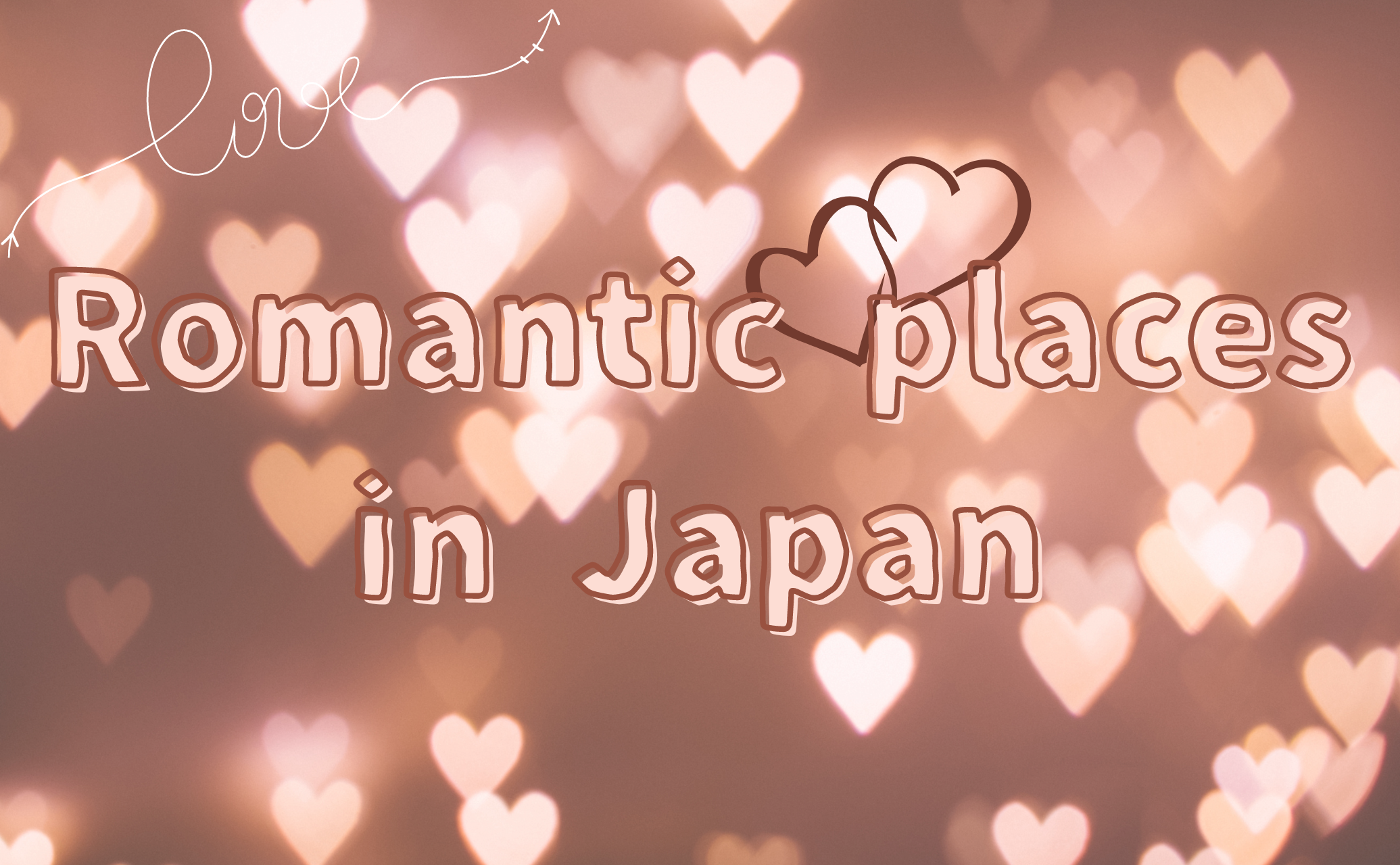Here are some romantic places for every season!
There are many places to visit in Japan, and some are good any time of the year. But in Japan, the natural landscape changes with the seasons, so each season has its own good qualities. In this article, I will recommend a romantic place to visit for each month. All of these places are perfect for honeymoons, of course, but also for lovers!
Spring March – May
March: Sakura(cherry blossoms) in Tokyo
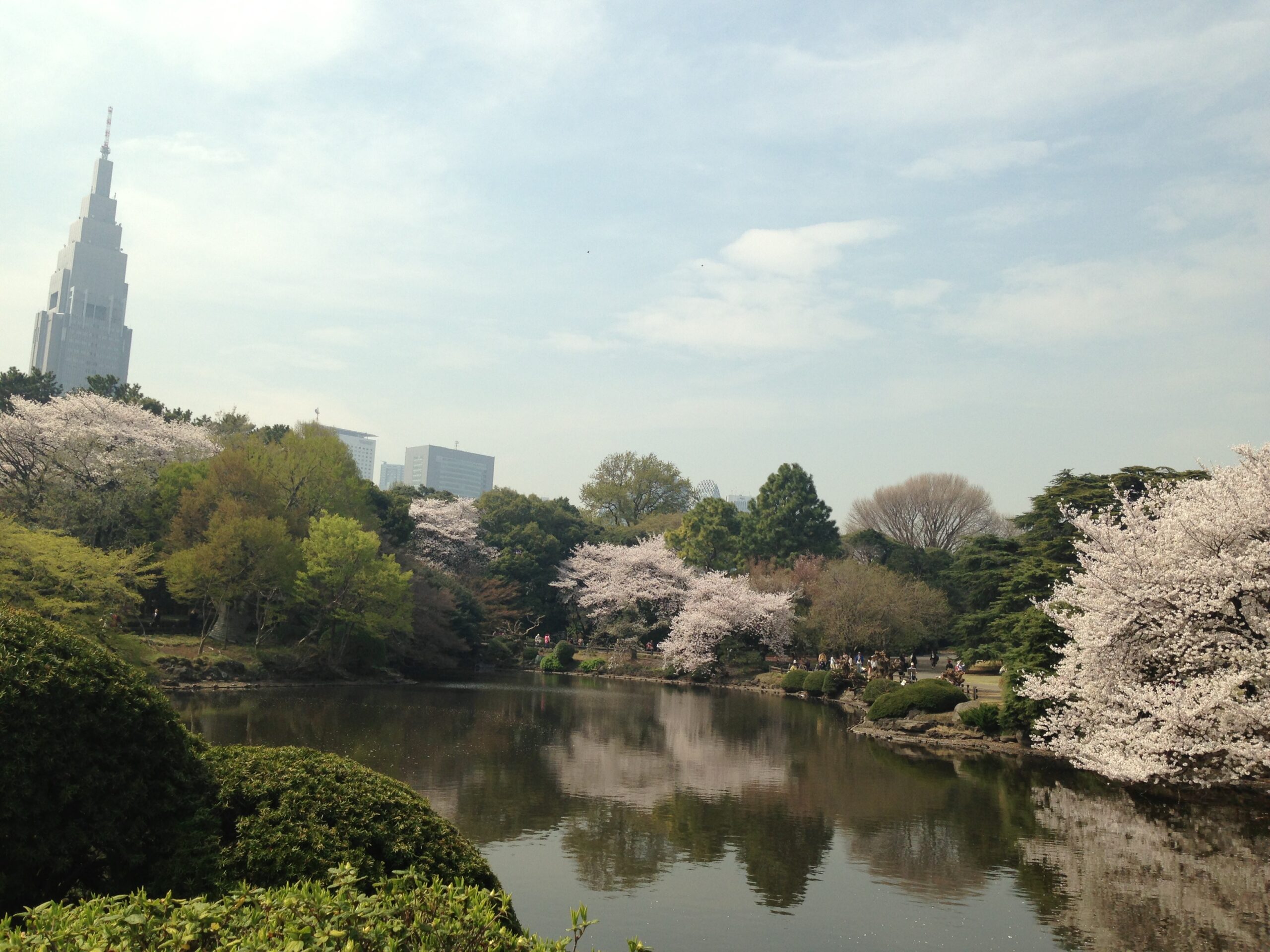
In late March, sakura begin to bloom in Tokyo. Sakura can be seen in many places. The drawback is that everywhere you go, there are many people. However, the view of the sakura against the backdrop of the skyscrapers in Shinjuku Gyoen is still beautiful. If you visit on a weekday just after 9:00 a.m., the park may be relatively empty.
April: Hanamiyama (Fukushima Prefecture)
The flowers usually start blooming in late March and last until mid-April. The privately owned mountain is filled with not only sakura but also a variety of colorful flowers. Take a leisurely stroll while taking pictures of the scenery that makes you feel as if you are in paradise.
For more information about Hanamiyama, please refer to this article.
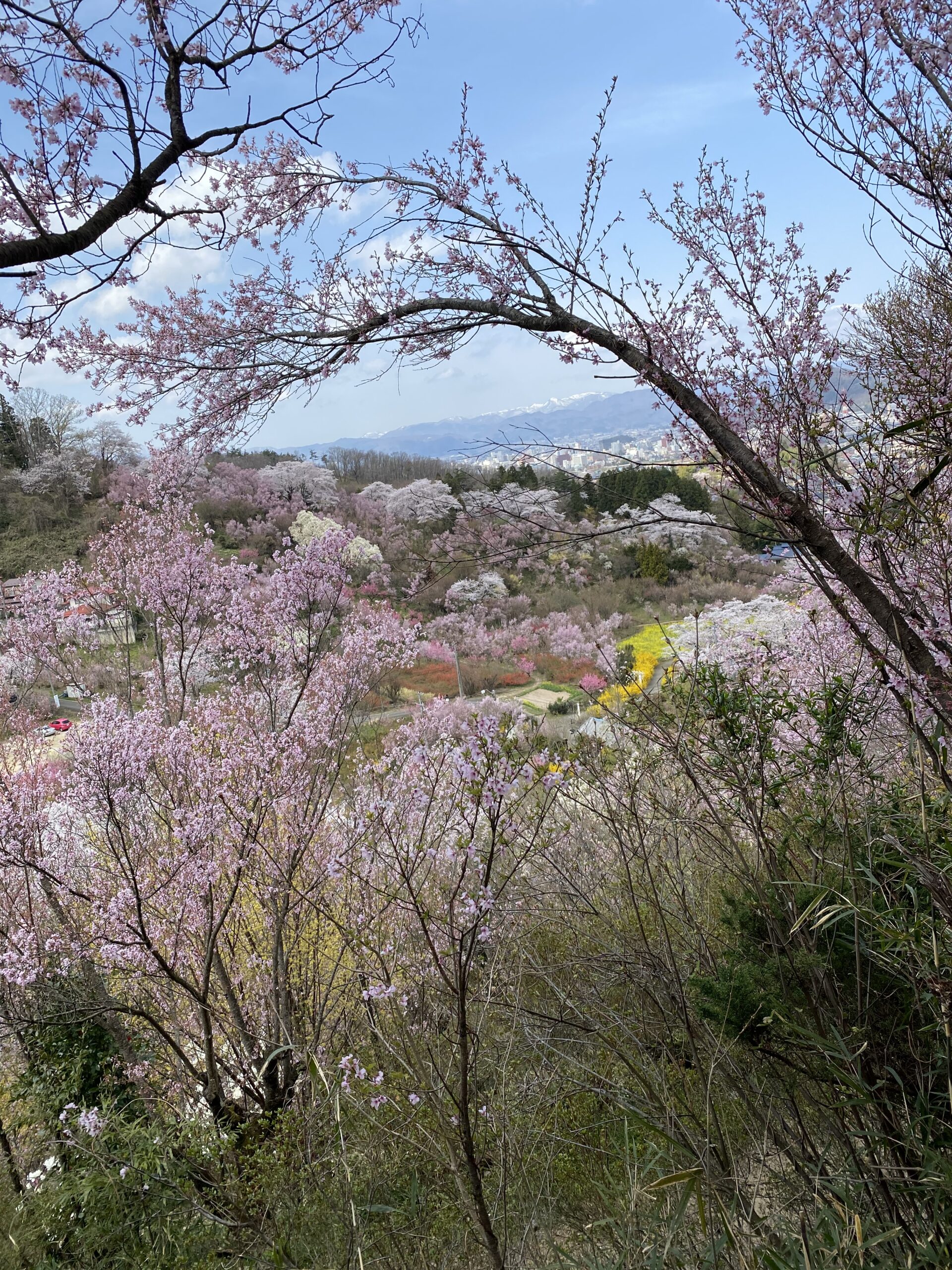
May: Oirase Keiryu (Aomori Prefecture)
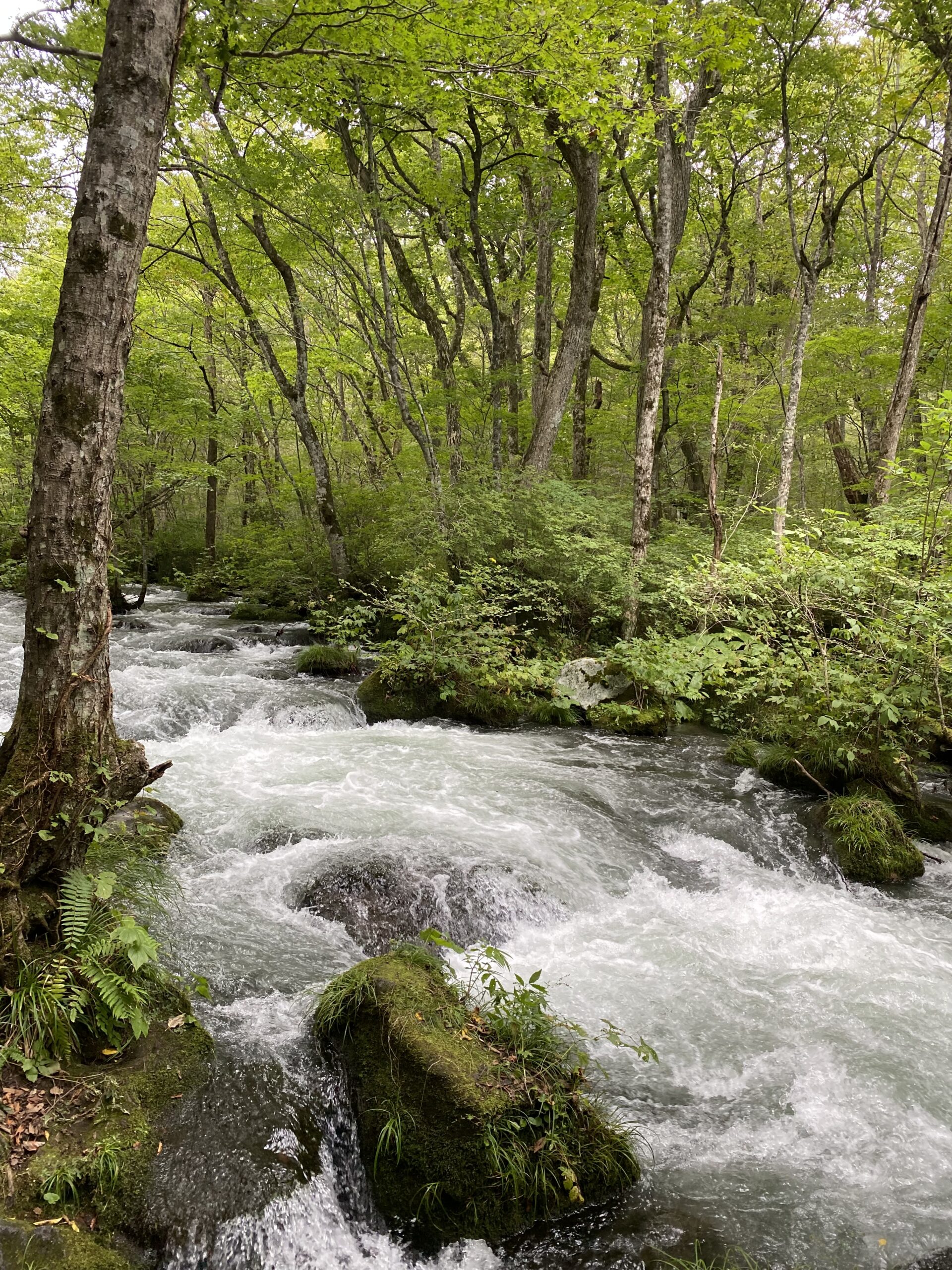
There is a single road of approximately 14 km along the Oirase River covered with deep natural forest. Visitors can explore the area by driving through and getting off the car. However, for active couples, hiking along this path is recommended. You will be impressed by the green of the trees, the water of the river, and the sounds of nature.Bicycle rentals are available for those who are not confident walking 14 km.
Summer June-August
June: Yoshimine-dera Temple (Kyoto Prefecture)
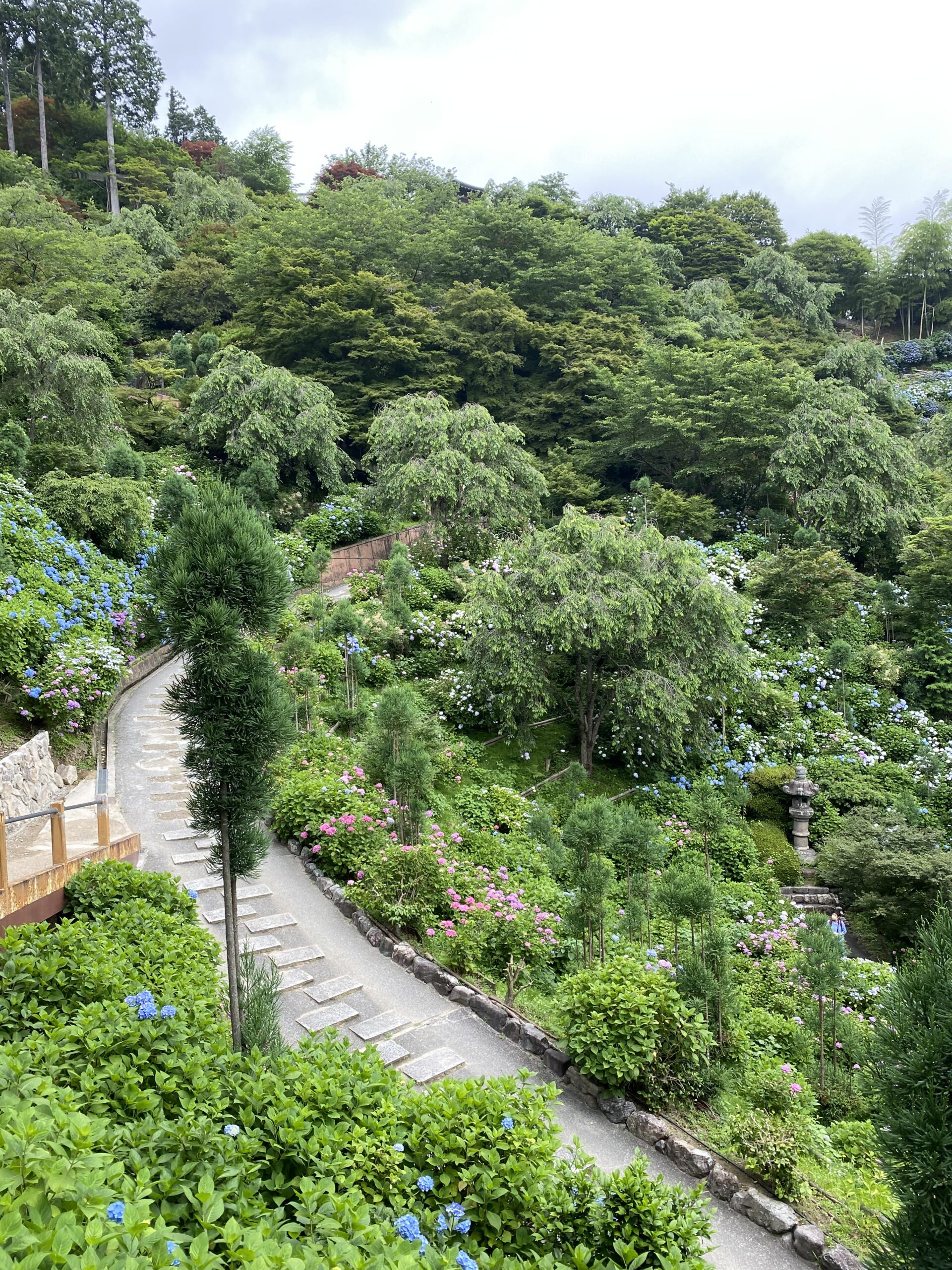
June is the rainy season in Japan. The weather is often rainy and cloudy. One of the joys of this time of year is the hydrangea. The temple, built around the year 1000, stands on a hill and has 8,000 hydrangea plants in its spacious precincts. Take your time to look at the different colors and types of hydrangeas. It is said that hydrangeas that are moist and wet are more beautiful in the rain.
July: Takachiho Gorge (Miyazaki Prefecture)
Takachiho Gorge was created by volcanic activity in ancient times. The scenery of Manai Falls cascading down the Gokase River is fantastic. Just looking at the river and waterfalls from the well-maintained promenade is a wonderful experience. Couples should definitely try renting a boat to get closer to the falls. The surrounding area is also dotted with spots related to Japanese myths and legends, which will give you a sense of the mysterious atmosphere.
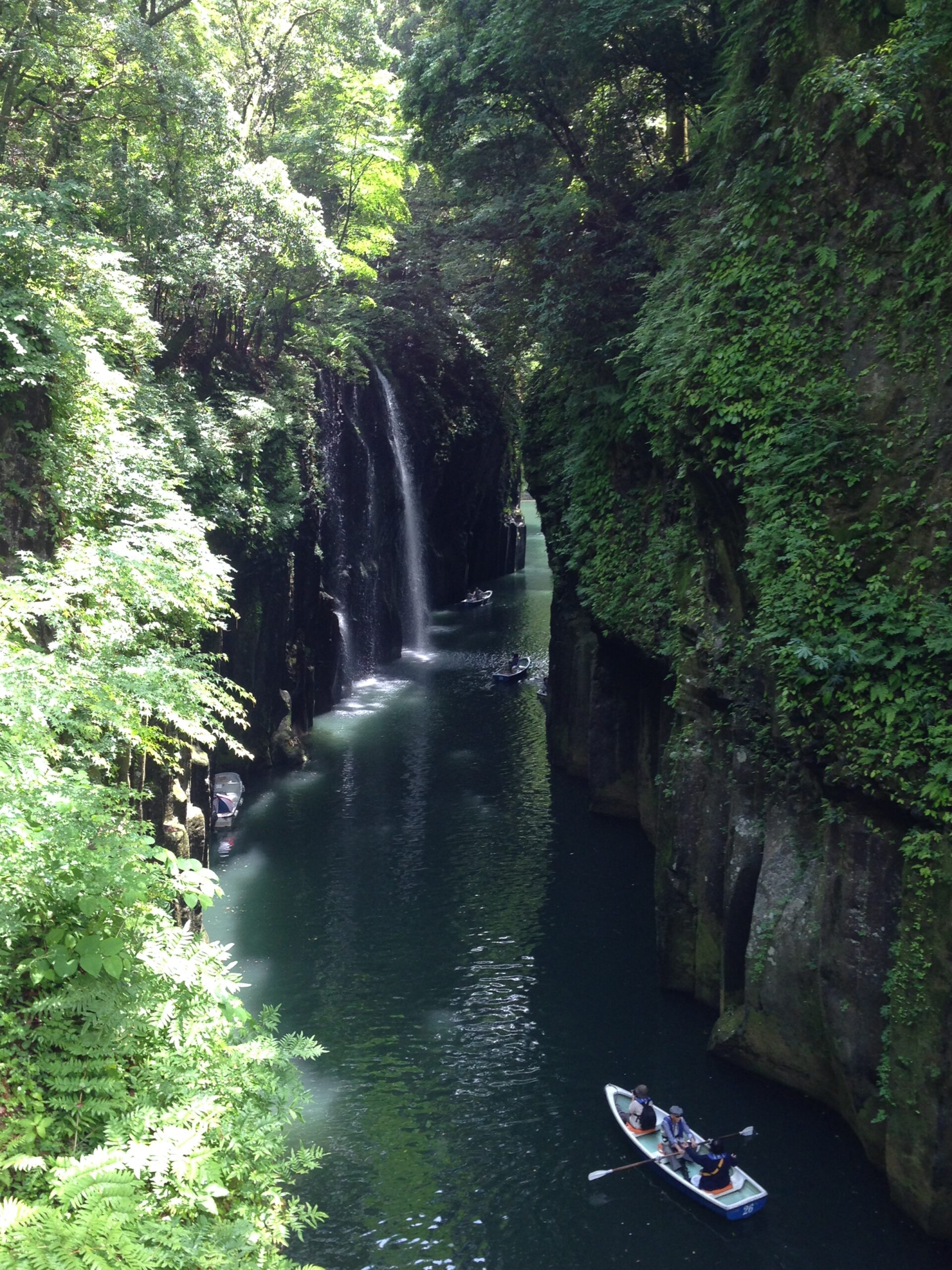
August: Oya History Museum (Tochigi Prefecture)
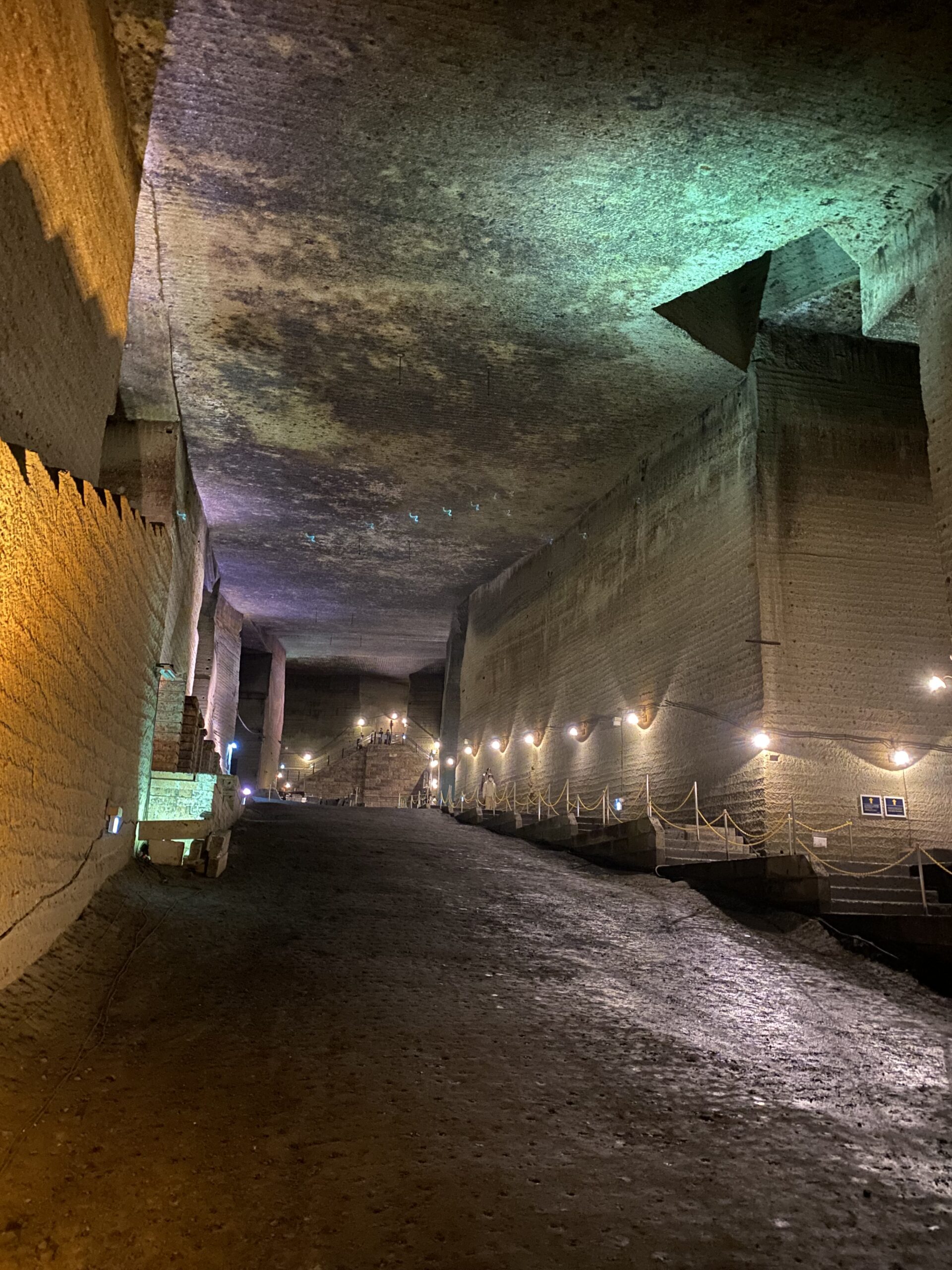
Summer in Tokyo is difficult to spend. It is hot and humid, and the asphalt-covered urban areas are hard to stand. There is a spot on the outskirts of Tokyo where one can forget such heat. A former stone mining site remains as a museum. The underground mining site is particularly cool, with temperatures always below 10 degrees Celsius. The pitch-dark mining site is lit up in places, creating a fantastic atmosphere. Even if it’s hot outside, don’t forget your jacket!
Autumn September-November
September: Otsuka Museum of Art(Tokushima Prefecture)
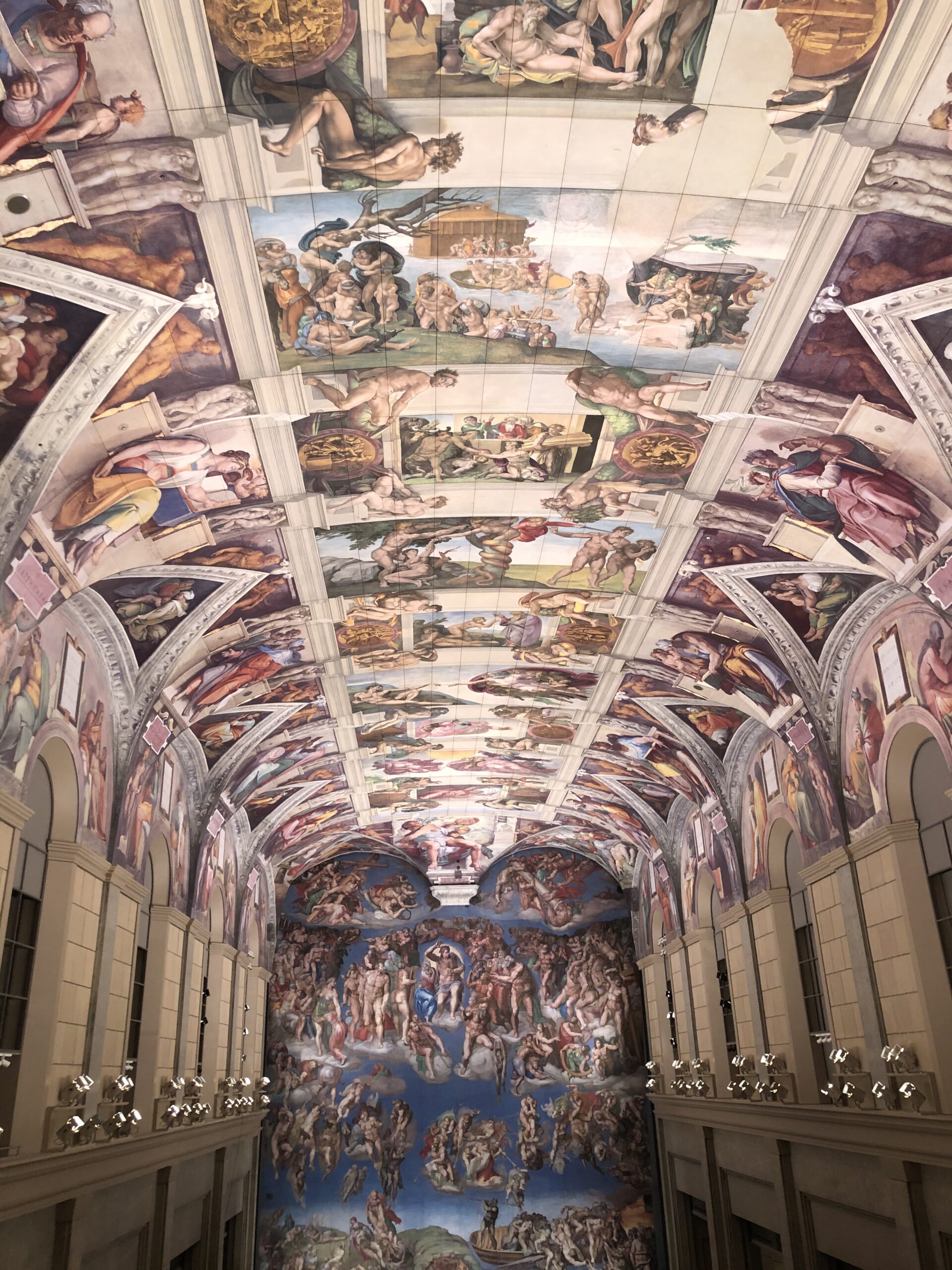
September is still hot, but it is also the beginning of autumn. Let me introduce you to a museum that is perfect for the autumn season of art. The Otsuka Museum of Art is located in Tokushima Prefecture in Shikoku. What is unusual about this museum is that all of the exhibits are made of ceramic boards. The museum is not only a masterpiece of technology in reproducing world-famous artworks on full-size ceramic boards, but it is also vast in scale, covering 30,000 square meters. Why not spend a whole day with your partner and immerse yourself in the art?
October: National Hitachi Seaside Park (Ibaraki Prefecture)
Located on the Pacific Ocean side of Ibaraki Prefecture, this large park is popular for its seasonal flowers. Located in a perfect location for a day trip from Tokyo, October is a great time to see the kochia leaves turn red. The firmer shaped green kochia turn into bright red, which is a lovely sight. Cosmos can also be seen at this time of year. Enjoy a leisurely stroll on a sunny autumn day surrounded by flowers!
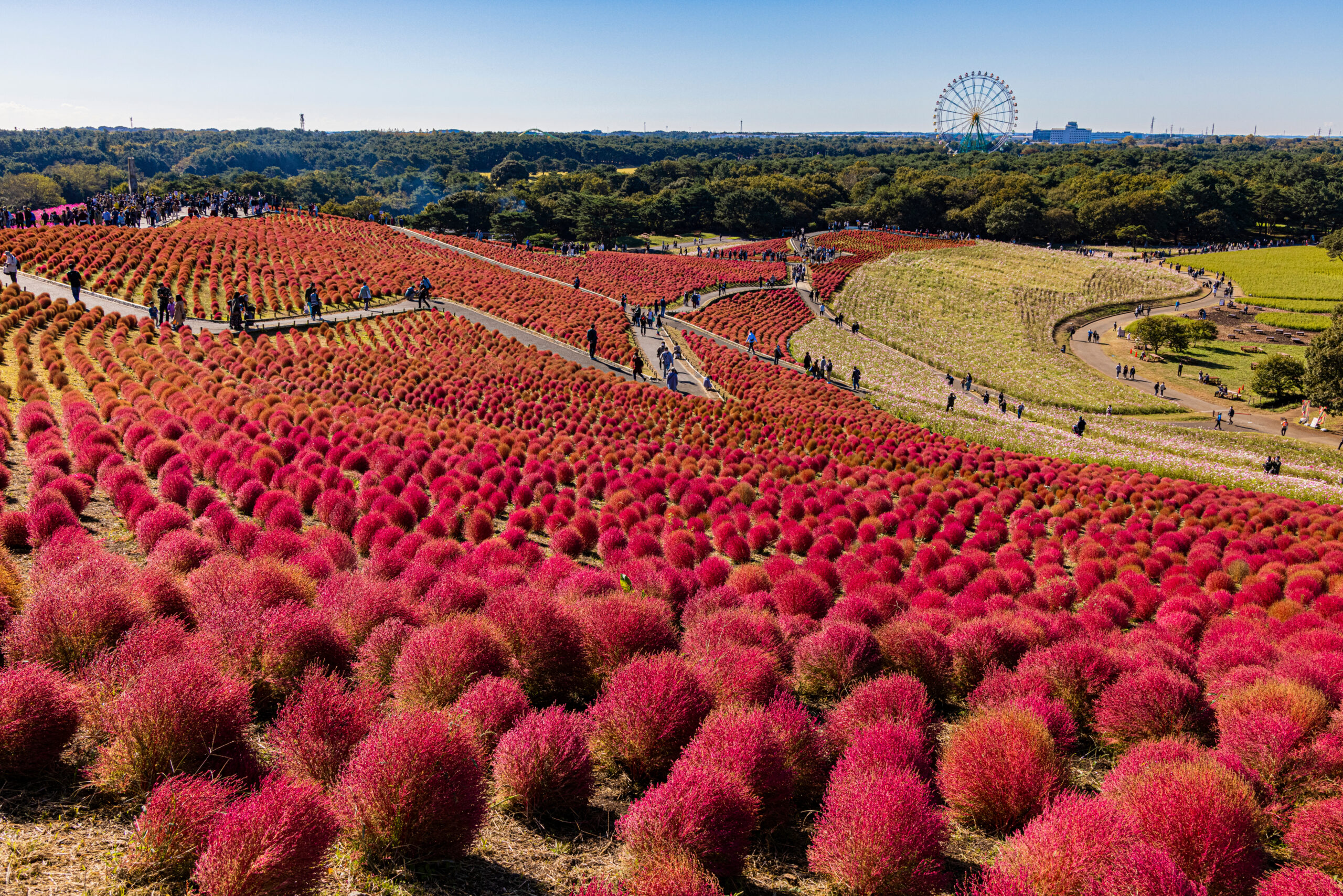
November: Izumo-taisha Shrine (Shimane Prefecture)

Izumo-taisha Shrine is a shrine that has long been worshipped by the Japanese people, with the origin of its founding recorded in Japan’s oldest history book, Kojiki (Records of Ancient Matters). In October of the lunar calendar (mid-November to mid-December in the current calendar), gods from all over Japan gather at Izumo-taisha. The gods are said to hold meetings there about “relationships” between people. Izumo-taisha Shrine is known as a god that brings together not only human relationships, but also various other types of relationships such as work and money. If couples visit this shrine together, they are sure to have a good relation!
Winter December – February
December Hakodate Mountain, Hokkaido
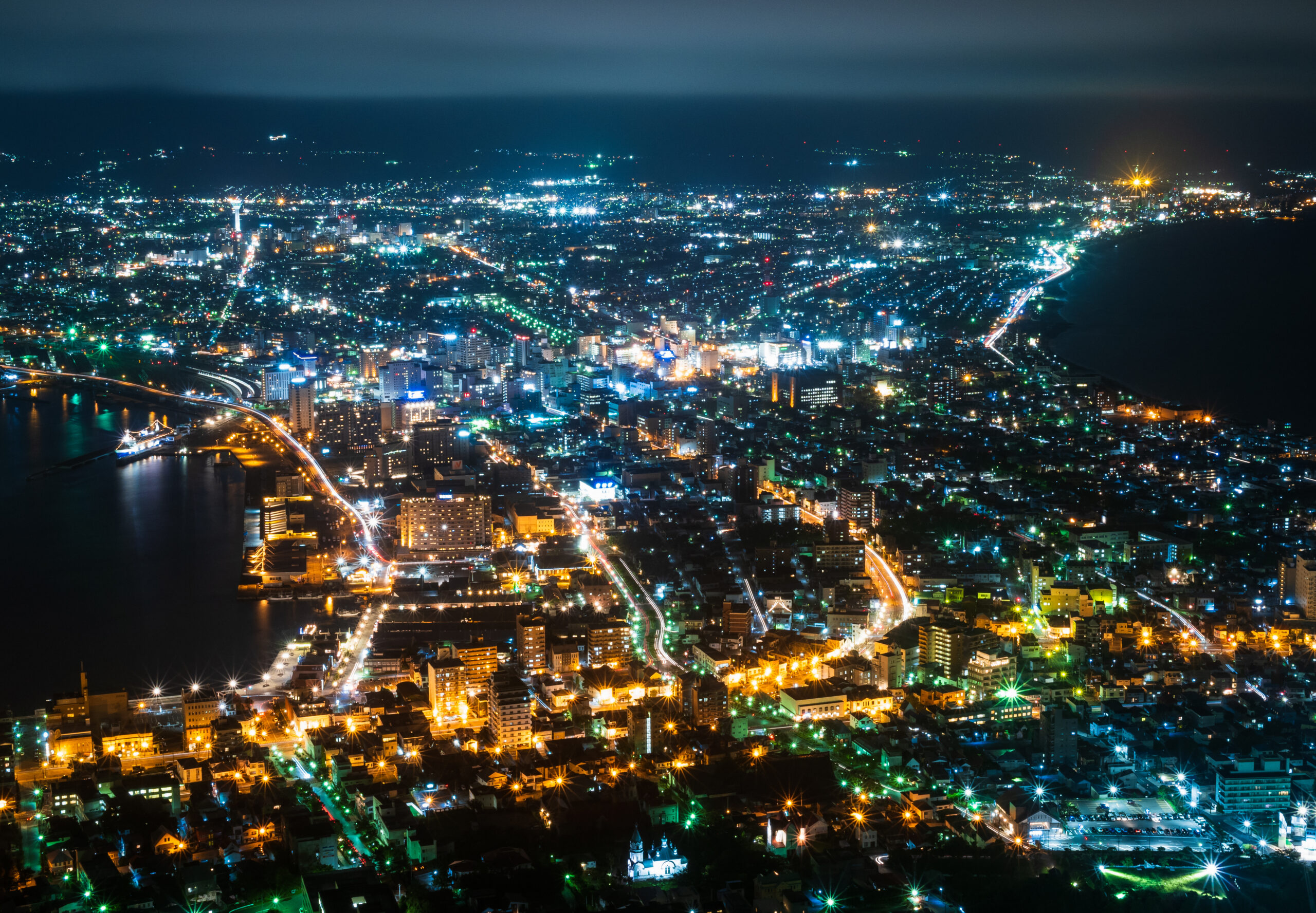
Hakodate is located near Honshu, the main island of Hokkaido, and has prospered as a port town since the Edo period. Its history as a common gateway to Russia is told by the Russian Orthodox Church that still remains today. Hakodate City is located on a small peninsula jutting out into the sea, and its shape is clearly visible when seen from above after climbing Mount Hakodate. The darkness of the sea enhances the beauty of the lighted city. In December, Christmas lights can be seen throughout the city.
January: Ginzan Onsen (Yamagata Prefecture)
The scenery of hot spring inns lining both sides of the Ginzan River evokes a sense of nostalgia, as if one has stepped back in time. The streets built in the Taisho and Showa periods of Japan are retro, cute, and romantic. When snow falls on them, the scenery becomes even more beautiful. Winter, when it snows, is the most popular time to visit Ginzan Onsen. If you want to stay here, you need to make a reservation as early as possible.
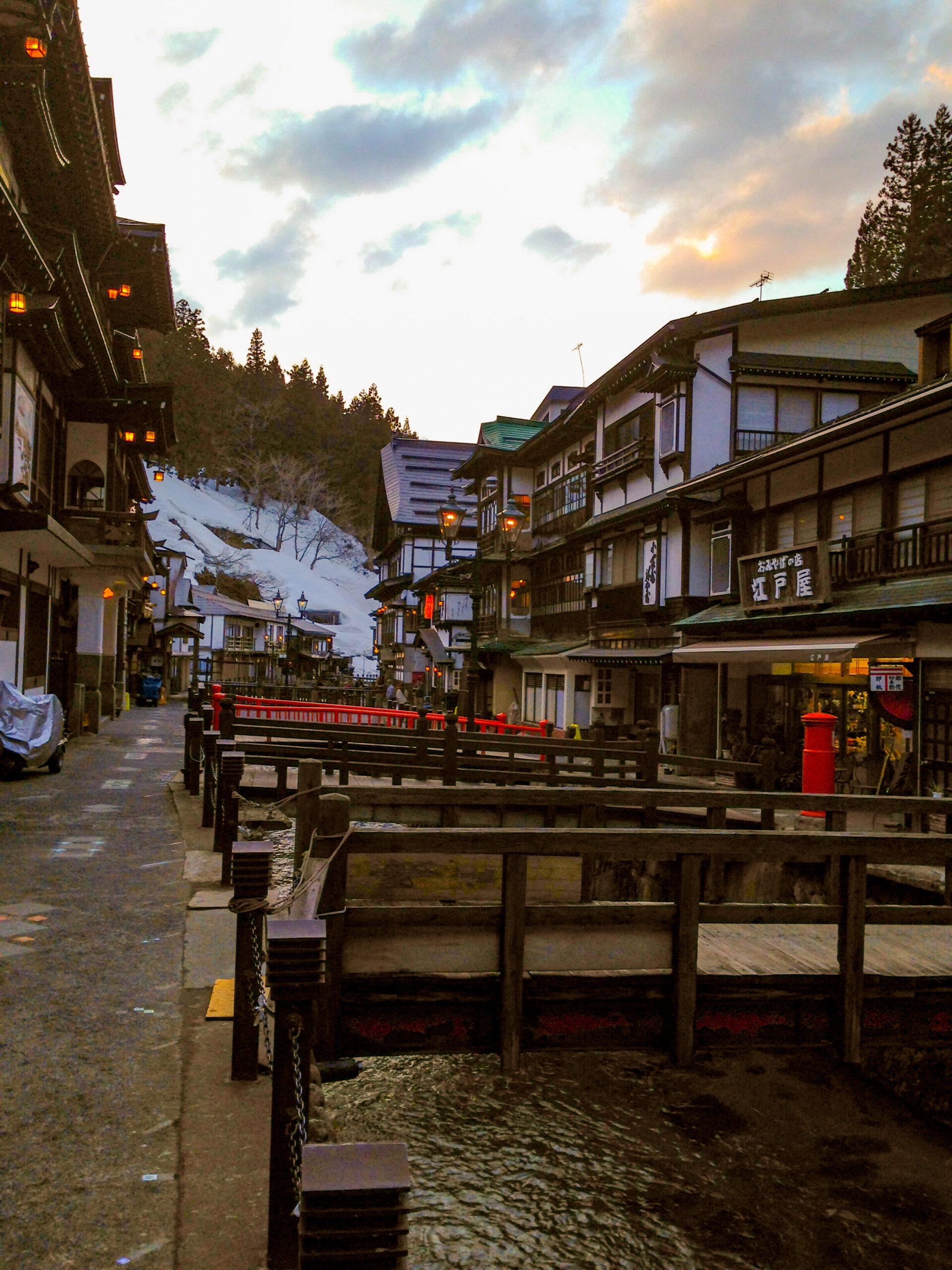
February: Juhyō (Yamagata and Miyagi Prefectures)
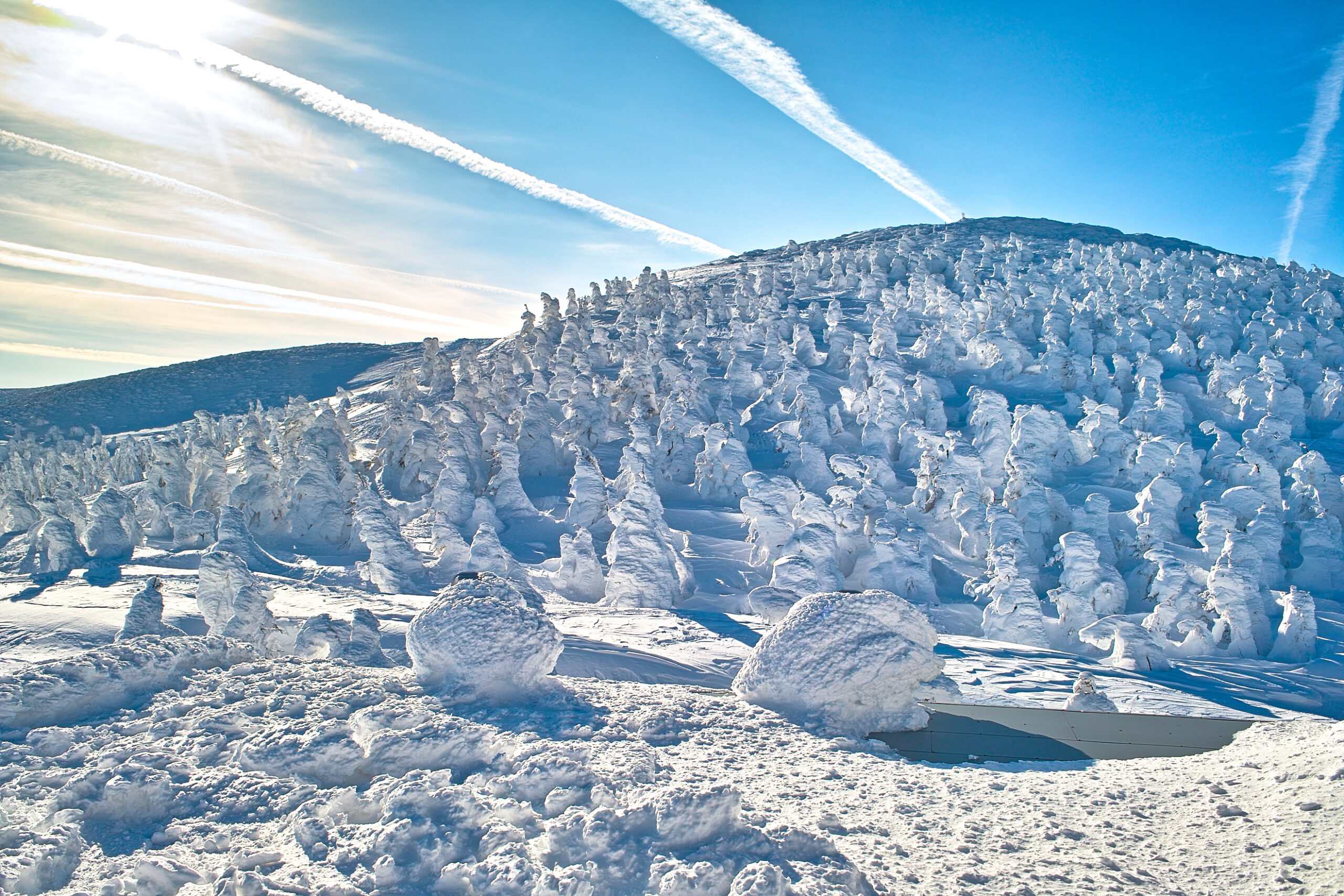
You know those snow monsters that appear in Japan’s snow country? They are so called because the trees are covered with ice and snow is layered on top of them, making them look like monsters. In Japanese, they are called juhyo. The juhyo of Zao, which straddles Yamagata and Miyagi prefectures, is particularly famous. Be sure to see the dynamic and mysterious spectacle that nature creates! The juhyo can be seen on top of the mountains, so be prepared for the cold!

